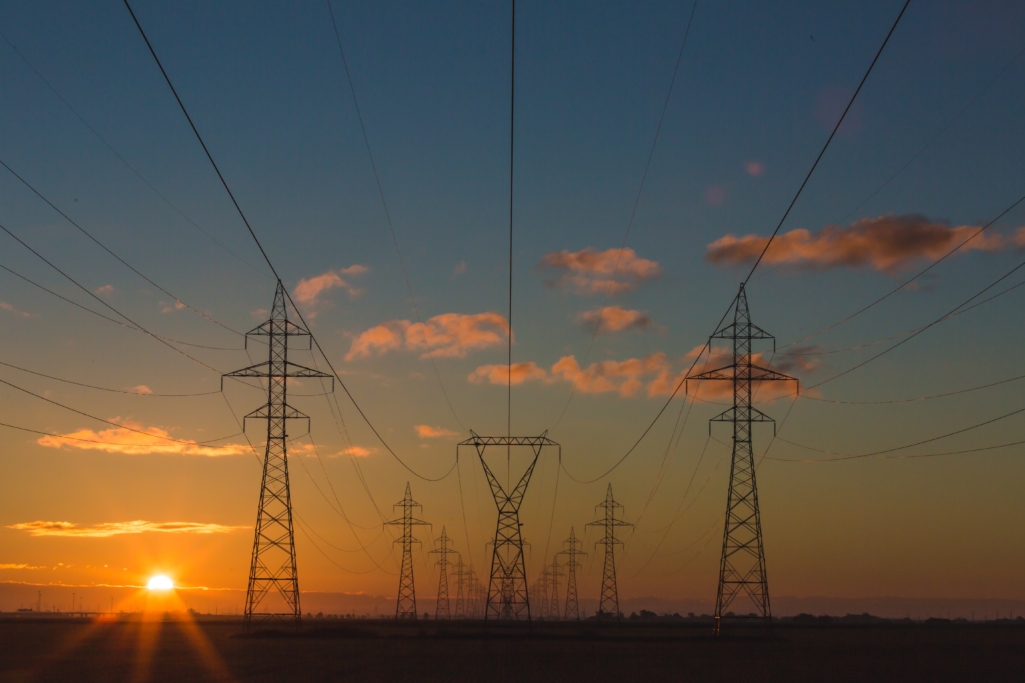Wireless chargers use electromagnetic induction introduced through a wire coil, which must be matched up to a coil in each device. A charging pad draws current from the wall to create an electromagnetic field.
Third-party charging pads for iPhone, Apple Watch and AirPods utilize a coil for each device. Users generally must move their devices around until they find the exact right location to begin charging.
But Apple wanted a charging pad that didn’t require such precise positioning of the device. So it designed a mat with several overlapping coils.
I have been sceptical of the benefits of wireless chargers for a while. I'm not surprised Apple cancelled this product. To me, the tradeoffs (longer charging cycle, inability to use the device while charging) outweigh the sole benefit; not using a cable. I think wireless chargers, in their current iteration, are not a compelling solution to, in my opinion, a triavial problem. I understand the appeal to consumers. They want a device that is powered by magic. All those power cables are a reminder of the real world.
Someday we may all have fusion power generators in our homes, cars, and portable devices. Eventually, someone will invent a way to store 200 terawatts of electricity in a compact stored energy cell. Someday. But that future isn't now.
Wireless charging pads use electromagnetic induction to juice up your phone. Both the pad and your phone contain wire coils: the pad draws current from the wall and runs it through the coil, creating an electromagnetic field. That field induces an electric current in your phone’s wire coil, which it uses to charge the battery.
However, the electricity being transmitted to your phone isn’t perfectly clean or ideal. It generates some noise, which can interfere with other wireless devices. That’s why the FCC (and regulatory bodies in other countries) set strict limits on wireless emissions.
Noise from a single coil might not be a problem, but each charging coil generates a slightly different waveform. When those waves overlap, the constructive interference intensifies their strength. Just like when two ocean
waves collide and combine their height, radio frequencies can combine their intensity as they interact.iFixit
The hype around AirPower charging was ignoring things that I learned in my Power Systems engineering courses at Georgia Tech over thirty years ago. How were they going to handle electromagnetic interference to other electronic devices? In my youth, my family lived in countries with 240V AC. My father used voltage transformers to provide suitable power to the American made electronics in our home; television, Hi-Fi, etc. The transformers were always warm to the touch, even when the devices were powered down. How was Apple going to handle the heat?
Apple had ambitions to solve these problems. Rene Ritchite wrote on iMore:
It wasn't going to be Qi standard either. Because Qi couldn't do that back then. It was going to be beyond what the Qi standard could do, but Apple said they were going to work with Qi to make it part of a future standard so that everyone could benefit from whatever advancements Apple brought to the table.
But, to date, absolutely no one has been able to do what Apple set out to do with AirPower.
Yeah, not even Apple.


